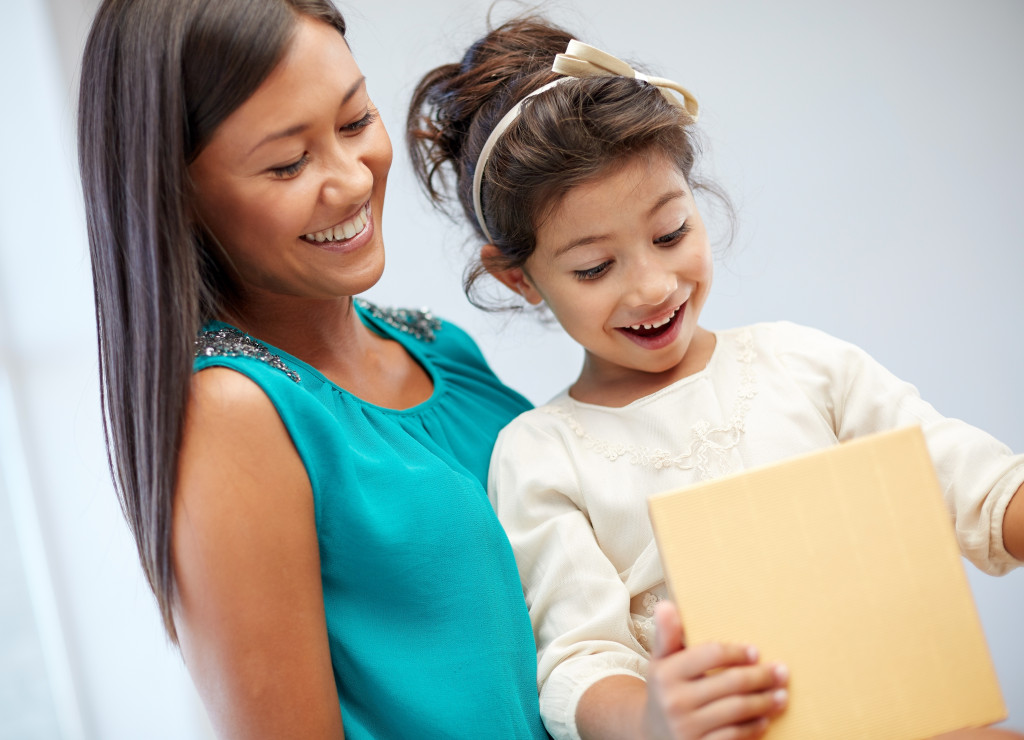There are many children in the United States living with only one parent. The Hill reports that single parents head 30 percent of U.S. households or more than 10 million families with children below 18. A quarter of all American children or almost 19 million children belong to these families. This is more than triple the global percentage of seven percent.
Data compiled by the Single Mother Guide shows that according to the U.S. Census Bureau, 80.5 percent of single-parent families will have a mother as the head in 2020. About half or 50.4 percent have never been married, 29.5 percent are divorced, and 20.2 percent are widowed or separated. Women who went through divorce most likely needed the services of a child custody attorney to have their children with them.
Difficulties of Single Mothers
Only half of all single mothers have full-time employment, while 25.9 percent are jobless. Only 22.4 percent of those who lost their jobs are receiving unemployment benefits. Among single mothers who are working, 40 percent have low-wage jobs.
A large part of their income goes to childcare. Infant care across the country has an annual average cost of more than 40 percent of the median state income for single mothers. For the care of each school-age child, it is 32 percent. In some states, childcare costs more than half of a single mother’s income. Working single mothers already spend about half of their income on housing. About 33 percent spend even more than that. With what is left, they can barely get by.
Even before the pandemic, in 2019, 31 percent of families headed by a single mother were poor. About 60 percent of all the homeless families in the country are comprised of single mothers and their children. Nearly 28.7 percent of these families have food insecurity, and 11.7 percent rely on food pantries. Only 38 percent of the children of single mothers receive food stamps, and only 8.5 percent are receiving funds from the Temporary Assistance for Needy Families (TANF). In 2020, the TANF benefits amounted to less than 30 percent of the poverty line in most states. Therefore, single-mother households are vulnerable to homelessness, hunger, and having their utilities cut off if they have shelter.
Health care is also beyond the reach of most single-mother households, with 13.4 percent of them having no health insurance coverage. The Affordable Care Act should help, but 14 states have refused to expand their Medicaid coverage. With the onset of the COVID-19 pandemic, all these difficulties of single mothers have worsened.
Pandemic Assistance
The government has issued some pandemic benefits to provide cash to many single mothers who have custody of their children. The child tax credit provides $3,600 for each child below six years old and $3,000 for each child aged six to 17. Children aged 18 to 24 can receive $500 each if they are enrolled full-time in college. The payouts for children aged 17 and below are in monthly sums of $300. To qualify, single mothers must be earning not more than $75,000 in annual adjusted gross income. For a head of the household, the cap is at $112,500.

Single mothers who received unemployment benefits and have already filed their taxes for 2020 will be getting a refund averaging about $1,265. This is because the American Rescue Plan Act has declared a $10,200 tax exemption for unemployment benefits received in 2020.
Other programs can assist single mothers who have low incomes. There are additional tax credits like the earned income tax credit and child and dependent care credit. Filing as the head of the household rather than a single taxpayer will further lower taxes.
Each state has a free Head Start childcare program for infants and children up to five years old. The state Child Care Assistance Programs (CCAP) for older children has fees depending on household income and family size. Single mothers can avail of these to be able to find work.
Housing Choice Vouchers offer low-income rental. The Low-Income Home Energy Assistance Program (LIHEAP) helps pay for utilities. The Weatherization Assistance Program (WAP) helps make the home more energy-efficient to lower energy bills.
Each state has a Special Supplemental Nutrition Program for Women, Infants, and Children (WIC) for pregnant women and children from infants to five years old. To apply, a single mother only needs to call the state’s toll-free number to set an appointment.
The Supplemental Nutrition Assistance Program (SNAP) provides an electronic card that can be used to buy food at grocery shops. The National School Lunch Program provides school-aged children with complimentary breakfast and lunch even during school breaks.
Self-care Is Vital
It can be overwhelming to be a single mother, especially during a pandemic. Availing of all possible assistance will help ease the burden. A single mother must also take care of her health and well-being, including emotional and mental health, to be able to take care of her children.




